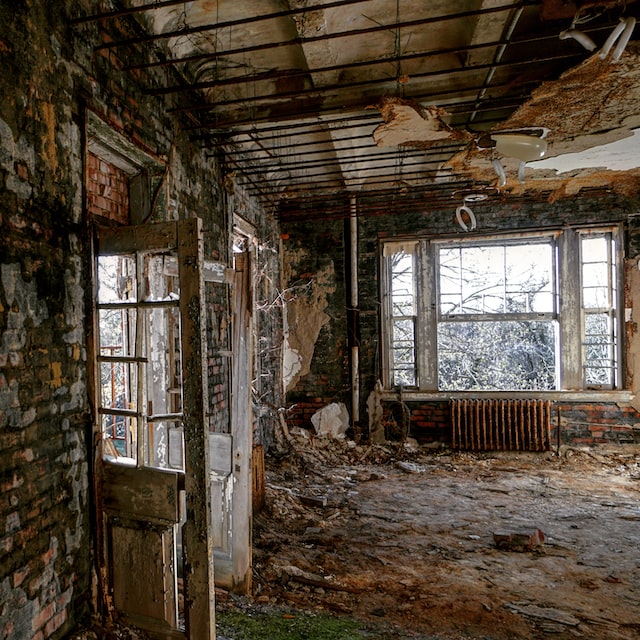Fire damage restoration professionals work to restore a property to its pre-fire condition by thoroughly assessing any fire damage and by recreating the flawless look that it once held. Learn about the methods used in working with fire damaged properties here.
Breakdown of what fire damage restoration professionals do, including all the steps they take to assess the property and figure out how to make it whole again.
What Does A Fire Damage Restoration Company Do?
Fire damage restoration companies work to restore the structure, contents and fabric of damaged property after a fire. The company’s employees are experienced in dealing with all types of fires, from small blazes in homes to large industrial fires. The staff will typically begin by assessing the damage and ensuring that all necessary permits have been received. They will then commence restoration work, which may include cleaning up smoke and soot, repairing structural damage, reinstalling essential utilities and framing an accurate assessment of the total cost of repairs.
Fire Damage restoration services are administered by companies that specialize in restoring properties that have been affected by fire. The company will first assess the damage and determine the needs of the property. Once they have a better understanding of what needs to be done, they will assign a team to start cleaning up the property and repairing any damages that occurred as a result of the fire. They also typically provide financing options so that homeowners can get their property back as soon as possible.
What Are The Steps Involved in a Fire Damage Restoration?
Fire damage restoration services are a vital part of any restoration process after a fire. The steps involved in fire damage restoration typically include an assessment of the damage, an estimation of the cost, and a plan for how to carry out the restoration. Restoration may involve addressing the structural integrity of the building, fixing or replacing damaged furniture and fixtures, repairing or refurbishing walls and ceilings, and cleaning up debris.
Risk Factors When Getting a Property Evaluated
Risk factors when getting a property evaluated include: location, age and condition of the structure, type of building material, occupancy at time of fire, size and layout of the building, insurance policy.
Location is one of the most important risk factors when it comes to evaluating a property for fire damage restoration services. A property in an area with high crime rates or with structural problems may be more likely to experience extensive damage in a fire.
Another important factor to consider is the age and condition of the structure. Older buildings are often less resistant to fire and are more likely to suffer extensive damage during a blaze. Furthermore, older buildings may have less effective insulation and finishings that can easily catch fire.
As we mentioned earlier, rebuilding after a fire can be difficult depending on the state of the building materials and renovation plans. If there was significant smoke or water infiltration into the construction materials during the blaze, then it may be difficult or even impossible to completely restore the property to its original condition. In addition, if portions of the building were destroyed by flames or heavy winds from the fire, replacements will likely be necessary for all affected areas.
Occupancy at time of fire is another key consideration when choosing a restoration company. Fire damages occur more frequently during renovations or periods of high use (such as holiday season). It’s important to work with a restoration company that has experience working with properties in high-traffic areas – otherwise you could face
Also read: Things To Consider When Purchasing Bedding
Fire Safety Tips and Penalties For a New Business
Fire safety tips for businesses:
1. have a fire alarm and sprinkler system in place
2. make sure all personnel know how to use the fire alarm and sprinkler systems
3. keep escape routes open and accessible
4. have a plan for firefighters during an emergency
5. label combustible materials with a warning label
6. install smoke detectors in each room of the business
7. keep records of fire drills and inspections

